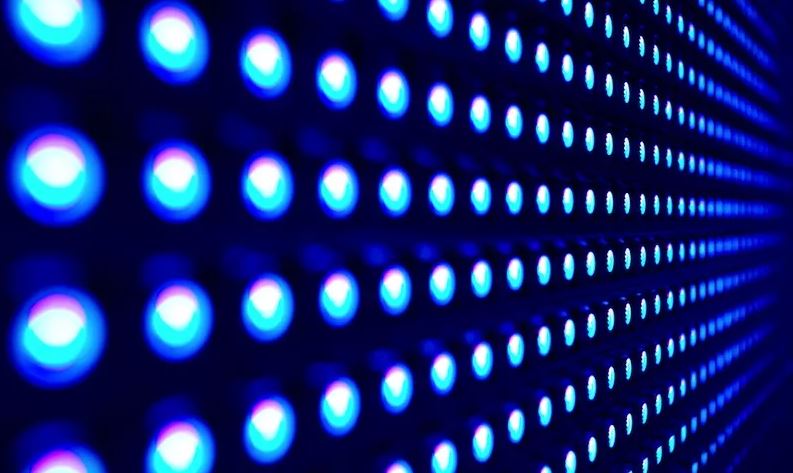Effects of Blue LEDs on Sleep – Along with technological developments, lighting is no longer attractive to use incandescent lamps because it is wasteful of energy. The use of LEDs (light-emitting diodes) is better in terms of energy and lighting. Now the world is shifting from incandescent to LEDs and fluorescent bulbs. Even though there are many benefits of this bulb, there are also bad effects on our sleep. This is the core of our discussion on this occasion. Why do Blue LEDs have a negative effect on sleep.
The Problem of Artificial Lights
All types of artificial lights, whether leds, fluorescent, or incandescent can both disrupt our sleep. The biological clock works as determined by the number of lights and darkness. This is called the circadian rhythm, it controls physiological processes, determines sleep patterns, hormone production, brain activity, and includes the regeneration of body cells.
The body with its device called the hypothalamus in the brain regulates its own sleep patterns. This sleep pattern is influenced by light and dark from the rays. Light is captured by the retina of the eye and then it sends signals to the hypothalamus in the brain. When it gets dark outside, the hypothalamus works to provide signals to the body to make sleep hormones and lower the temperature of sleep to get ready for sleep. Information from the National Sleep Foundation states that in the morning when sunlight shines on the body, the body is interested in warming up, and is asked to produce hormones such as cortisol, whose job is to wake up our bodies.
Now, when artificial light is added to our lives, such as using LED or incandescent or neon light, the natural workings of the body or body clock are confused. The retina of the eye receives light at any time, not only during the day but at night. Thus the body no longer knows when it should produce sleep hormones. A study states that when we compare it to low light, the light in the room at night has reduced melatonin by 85%.
Blue Light and Sleep Patterns
Did you know that fluorescent lamps and LEDs have doubled your sleep problems. Why not, Blue Leds have produced artificial light that affects the body’s sleep clock, and it has also produced blue light. This is a problem related to one’s sleep.
Blue light wavelength increases attention, mood, reaction time. It is said, this is good during the day when the body needs to be alert but if at night it will be a problem.
According to research, the blue light waves generated by Blue LEDs can suppress melatonin production higher than other light. Blue light has a shorter wavelength and this can suppress melatonin production so that the body produces less melatonin, this is a result of the body being too sensitive to blue light. So, we should stay away from blue light in our room.
See too: Du’a Before Sleep
Solutions to Blue Light Sleep Problems
Perhaps the right solution is to completely stop artificial light. But in modern times, this is completely ineffective because we already use artificial lights for various purposes, especially at night. However, there are better solutions to getting better, quality sleep.
To get good quality sleep, avoid your body being exposed to blue light for 30 minutes or 60 minutes before going to bed. So, for 30 minutes or 60 minutes, you must not turn on your TV, tablet, cellphone, or turn on. That’s what Dr Robert Oexman, director of the Sleep Live Institute said. Dim your environment so that your body slowly produces melatonin.
Read also: 10 Best Tea to Help Sleep
If this is not possible you can take another step. You can use anti-blue glasses and dimmed glasses, this will encourage your body to produce melatonin and make your body want to sleep.
